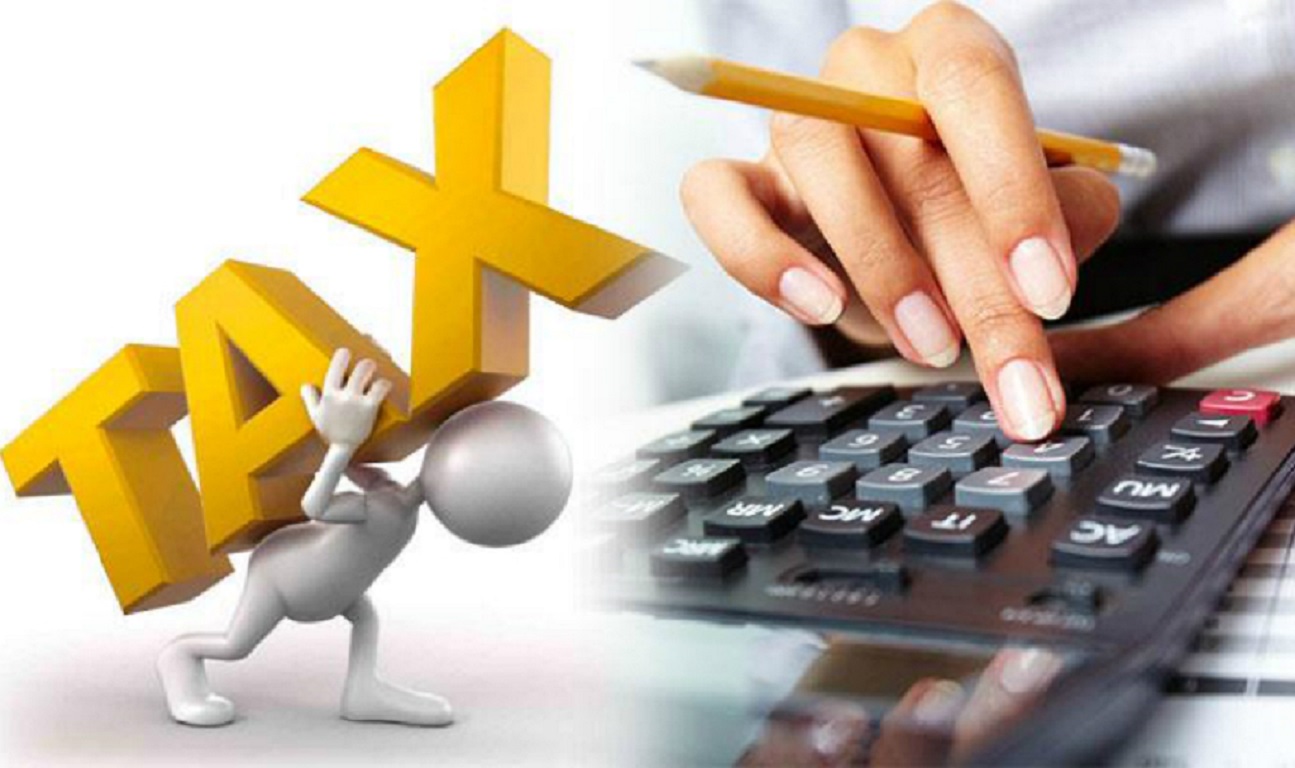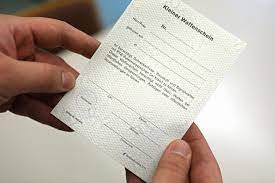With the tax season fast approaching, you must be looking for some strategic ways to save on your taxes. Below, our experienced financial advisors at Trust Life have come up with some ways that come in handy for you.
Tip 1 – Maximize your RRSP contribution
If you still haven’t started an RRSP, it is high time you open an RRSP ASAP. A RRSP (Registered Retirement Savings Plan) helps you save for your retirement – the contribution you make towards your RRSP can be used to reduce your tax.
Plan to contribute each year to your RRSP to the maximum amount that is allowed by the Government. The maximum amount you can contribute towards an RRSP for the 2020 taxation year is $27,230.
Start saving early and you can see small amounts compounding well beyond your expectation. Refer to the chart below to understand how regular contribution to an RRSP can grow your retirement savings in a tax shelter.
Note: Your total yearly contribution should not exceed the RRSP limit of $27,230. Over contributions can be subjected to a penalty – talk to your advisor to know more.
Tip 2 – Deduct expenses related to your employment from your personal tax
All employees are allowed to deduct certain expenses related to their employment as tax deductions from their personal income tax.
These may include vehicle expenses, home office supplies and expenses, etc. To claim such expenses, you must obtain a completed form T2200 (Declaration of Conditions of Employment) from the employer.
Also remember, employment expenses are only valid if you are required to pay for these as a condition of your employment. If you are reimbursed by your employer, the deduction becomes invalid.
Tip 3 – Claim medical expenses
Another excellent strategy to get tax credit is to file tax return for all medical expenses paid in the year. Such expenses typically include medical practitioner’s fee, prescription drugs, medical premiums paid to a health insurance company, certain medical devices, etc.
Do not forget to keep all medical receipts, as the CRA can easily ask to see them in case of an audit.
Note: Each and every dollar you spend on medical expenses do not qualify for a tax credit. There’s a minimum amount over which these expenses can be claimed. Talk to your tax advisor to know more.
Tip 4 – Borrow from your RRSP to buy a home tax-free
Many first-time home buyers are not aware of this. They can partially access a certain amount of their RRSP savings to buy a home, and that too without paying any taxes.
It works in this way – you do not have to pay any income tax on the amount you withdraw from your RRSP to make a down payment on the home you are going to purchase. However, there is a certain limit on the amount you can withdraw (or we should say “borrow”).
We are using the keyword “borrow” because you will have to repay the amount you have withdrawn from your RRSP in the next 15 years.
Tip 5 – Think of starting a business (it can also be a side business)
By having a business, you may be able to reduce your income taxes.
There are many ways you can save on you tax bill through a business – using your own personal car for business, maintaining an at-home office and claiming the expenditure, having salaried relatives and friends working with you in your side business, etc.
Also remember, this technique may not be suitable for everyone unless you are having a side business that can give you a significant return on your money by saving on your tax bills.
Tip 6 – Last but never the least, pay your income tax on time
By simply paying your income tax on time, you avoid late fees, that can be significant depending on the time of delay.
It may sound too naïve to be true, but we have seen countless people missing the tax deadline coughing up extra fees for absolutely no reason at all. Do not make that mistake. With that, we will bring this post to a close. Hope you had a good read.




